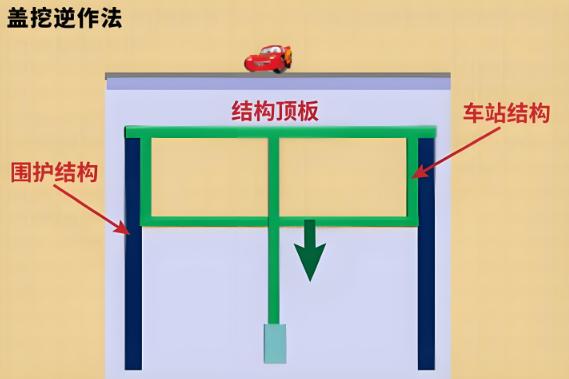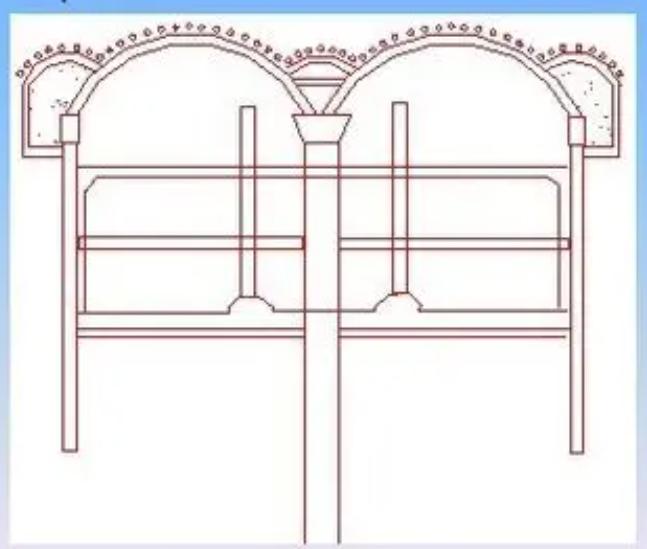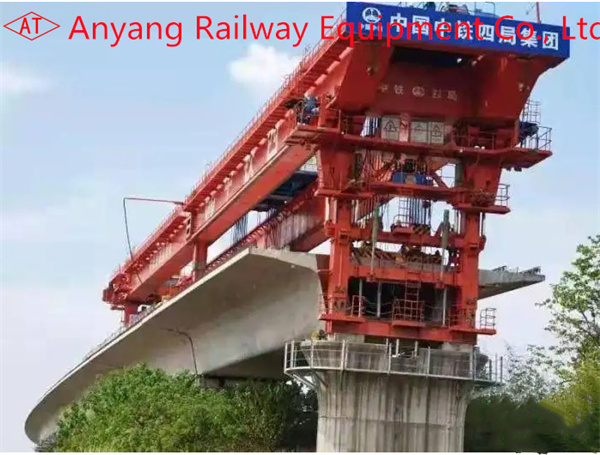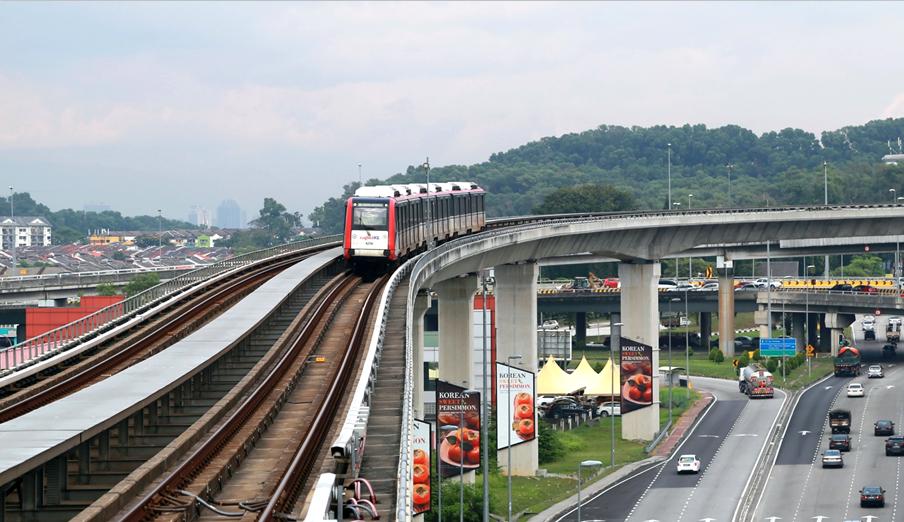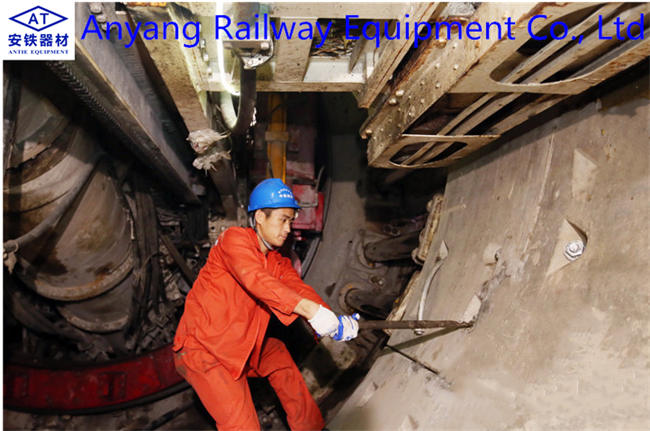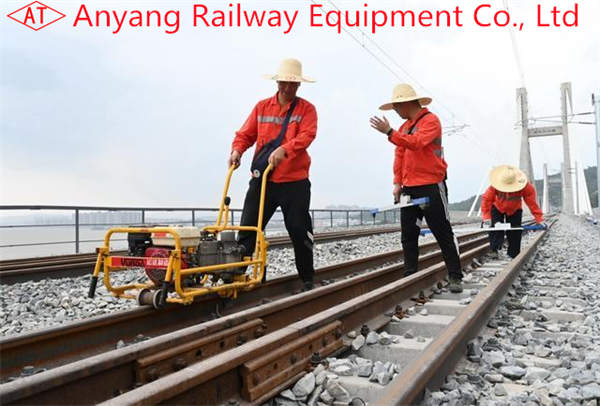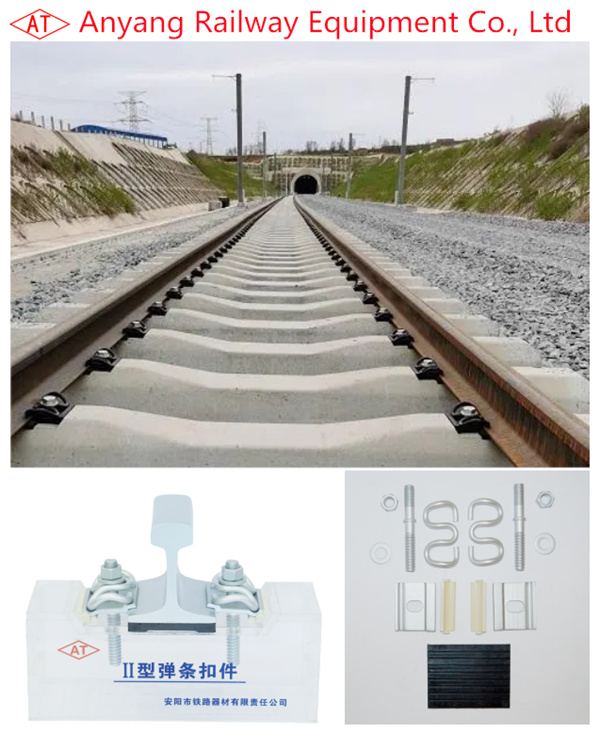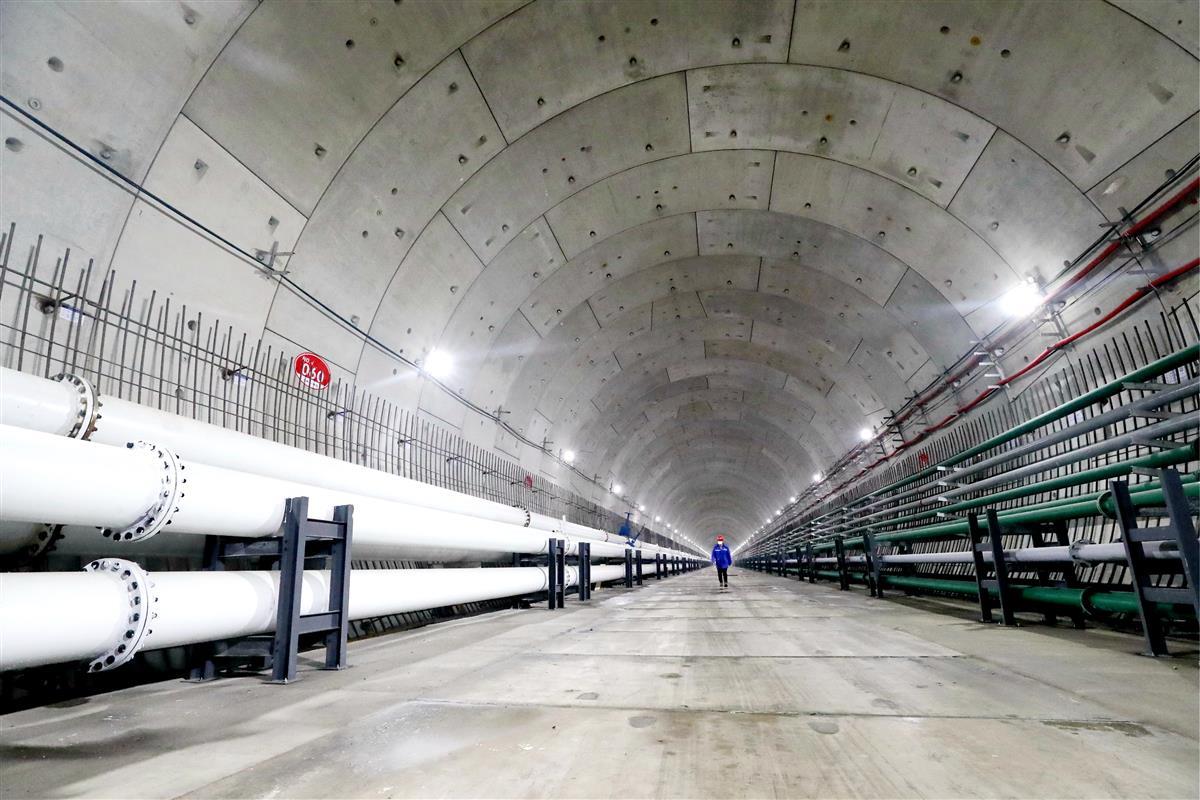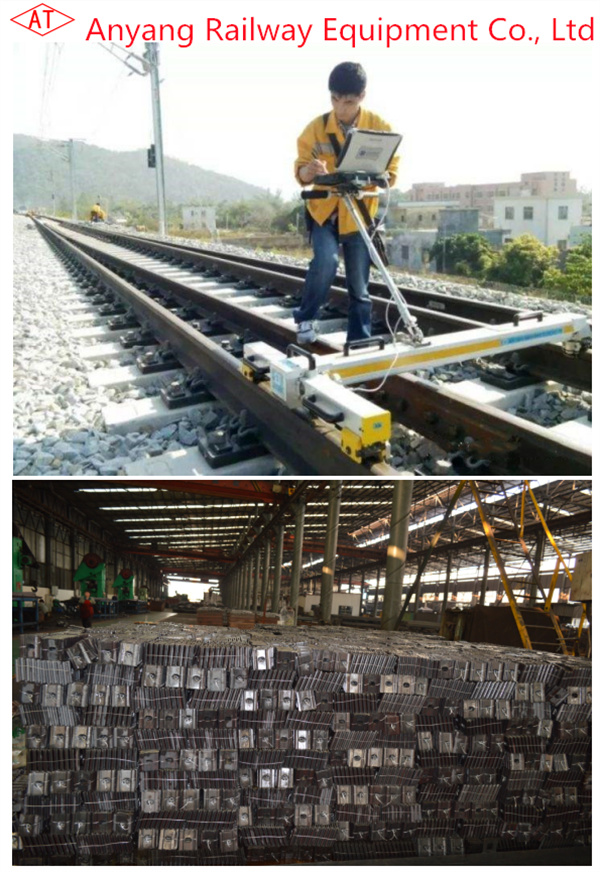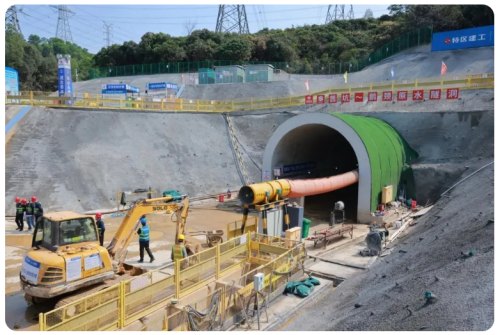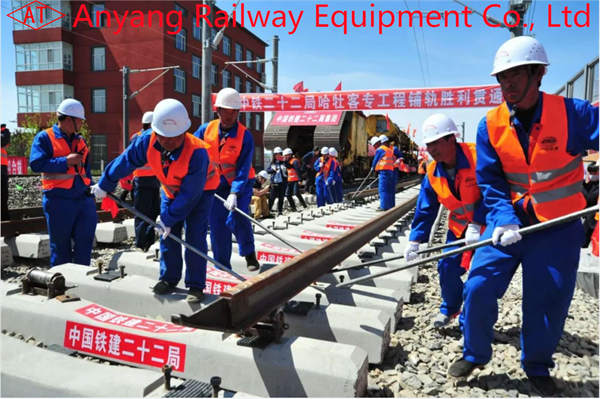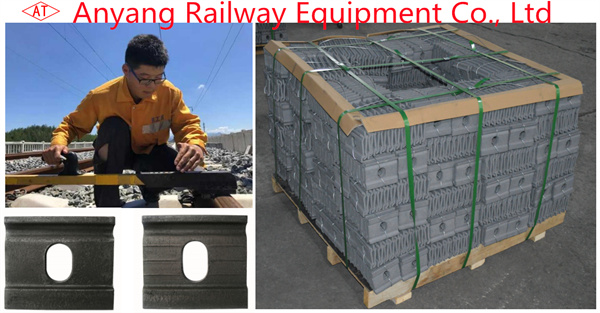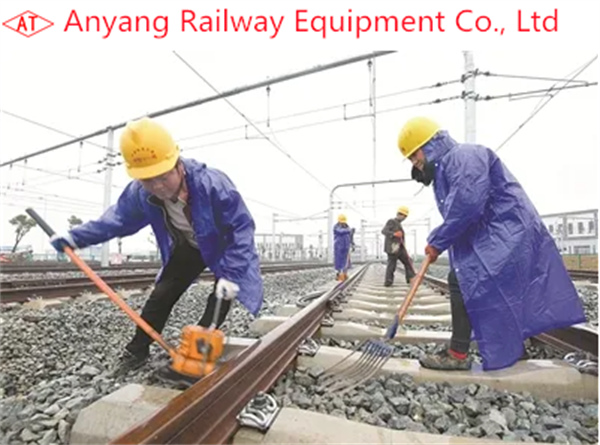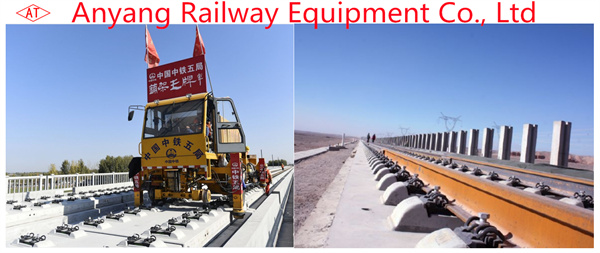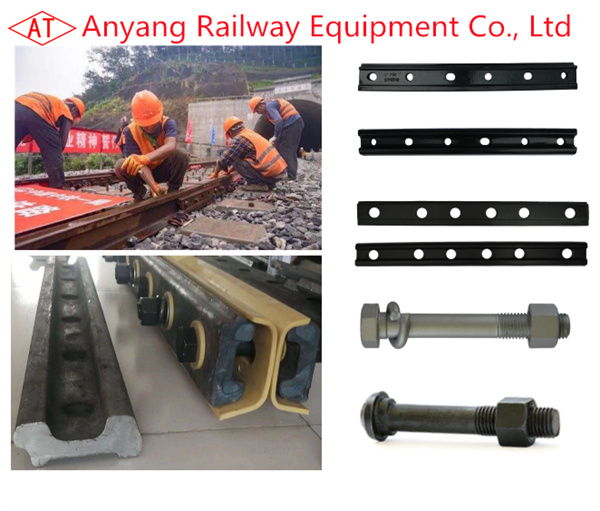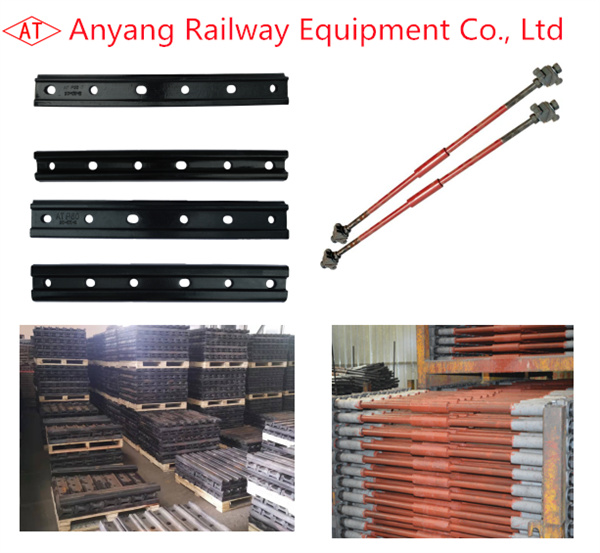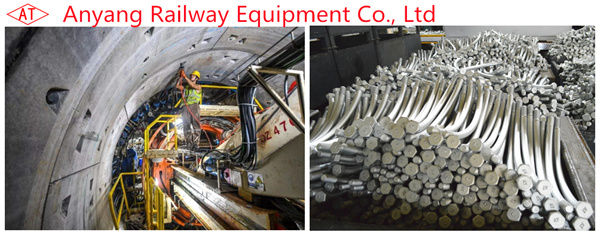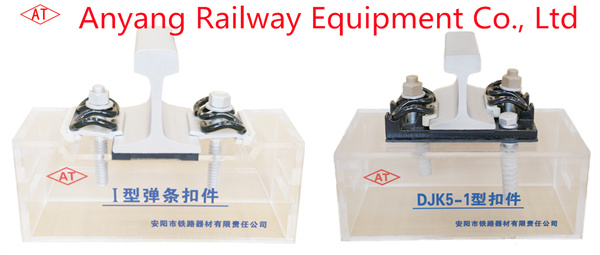4 Methods and Scope of Application of Subway Station Construction
There are 4 methods for Subway Station Construction:
1. Open excavation method
2. Cover-and-excavation method
3. Cover-excavation reverse construction method
4. Construction of underground station by underground excavation method
With the acceleration of urbanization and the deepening of underground space utilization, in order to adapt to different geological conditions and environmental requirements and ensure the construction safety, efficiency and quality of subway stations, the construction technology of stations has also been continuously developed, mainly divided into the following 4 types.
01 Open excavation method
The method of excavating the foundation pit directly on the ground, and as the excavation proceeds, the main structure of the station is built layer by layer from the bottom of the foundation pit to the top.
The open-cut method has the advantages of relatively simple construction technology, wide site, convenient and fast construction, easy control of processes and working surfaces, and helps to reduce engineering risks. The disadvantages are that the workload of ground demolition and removal is large, it is easy to generate noise and dust, which affects the surrounding environment, and the safety risk is high under poor geological conditions and deep foundation pit conditions. It is suitable for station construction outside the central area of the city or where ground traffic is easy to relieve, especially suitable for open ground excavation, and the environmental conditions allow for a large range of construction activities.
02 Cover-and-excavation method
After the retaining structure is completed on the surface, a standardized prefabricated cover plate is placed on the retaining structure to maintain ground traffic and operations, and then the earthwork is excavated layer by layer from top to bottom, and then the structure is built from bottom to top.
The cover-and-cut method has the advantages of little impact on ground traffic, easy control of construction quality, little impact on the surrounding environment, and high safety.
The disadvantages are limited construction space, relatively slow construction speed, and high requirements for the surrounding construction environment.
It is suitable for busy traffic areas in the city center to reduce interference with ground traffic, or when it is necessary to protect the operating subway lines and other important underground facilities while carrying out construction.
03 Cover-excavation reverse construction method
The technology of first constructing the top plate on the ground, then gradually excavating the foundation pit from top to bottom and completing the remaining structural construction at the same time.
The technology of constructing the top plate on the ground first, then gradually excavating the foundation pit from top to bottom and completing the remaining structural construction at the same time.
The disadvantages are that the technical difficulty requirements of joint treatment and precision control are high, the earthwork transportation is difficult, and the construction cost is high.
It is suitable for situations where the geological conditions are complex and limited control of surface settlement is required, or the station is located on the existing road or across the intersection, the buildings are dense, and it is under a relatively busy and narrow street. There is no open excavation condition, but it allows for short-term traffic interruption or local traffic diversion.
04 Construction of underground station by underground excavation method
The technology of constructing the top plate on the ground first, then gradually excavating the foundation pit from top to bottom and completing the remaining structural construction at the same time.
The dark excavation method can effectively control the surface settlement, has high construction efficiency, flexible structural form, high space utilization, and relatively small impact on the environment;
The disadvantages are complex construction procedures, high technical requirements, slow construction progress, high cost, and complex structural waterproofing treatment.
It is suitable for use in urban central areas with good surrounding rock stability, small groundwater seepage, busy ground traffic, dense surrounding buildings, and complex underground pipelines.


